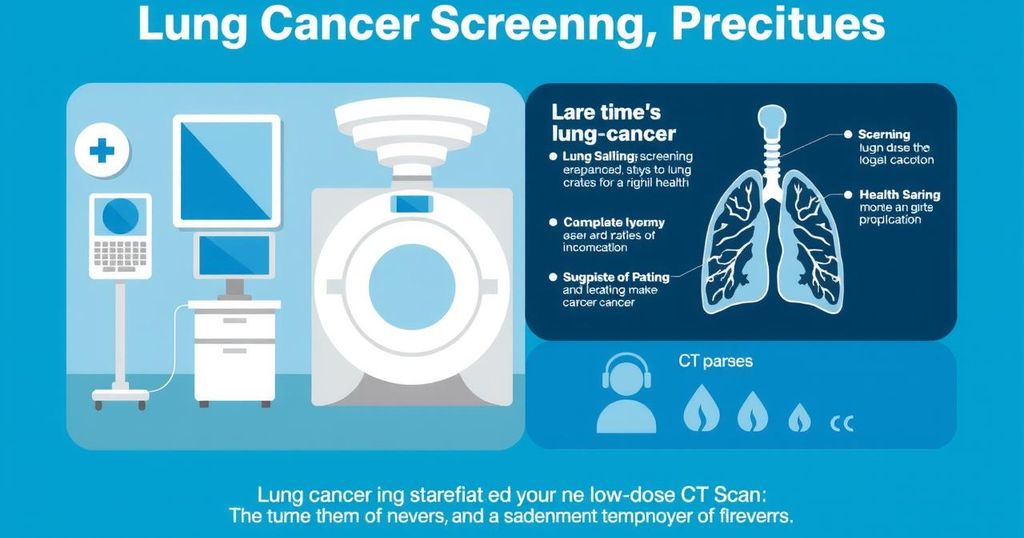Radioterapi Intraoperatif: Pilihan Efektif untuk Kanker Payudara di Bronx
- Intraoperative radiotherapy (IORT) offers efficient cancer treatment options.
- Study evaluated the outcomes of women treated with IORT in Bronx.
- IORT demonstrated a low recurrence rate of breast cancer.
- Overall survival rate post-treatment was recorded at 98%.
- The approach minimized additional burdens of WBI for many patients.
Overview of Intraoperative Radiotherapy Use in Bronx
Intraoperative radiotherapy (IORT) offers a promising alternative for women with early-stage breast cancer, particularly through partial breast irradiation (PBI). This method provides local control rates that are on par with traditional whole breast irradiation (WBI). Notably, the treatment can be delivered at the same time as the breast conserving surgery (BCS), which is a significant advantage for many patients who look for efficiency in their cancer care.
Patient Demographics and Treatment Protocol
The study, spanning from January 2018 to January 2024, was conducted at a single center in the Bronx and was reviewed and approved by the institutional review board. It focused on women who were 45 years and older, undergoing BCS for specific types of breast cancer including invasive ductal carcinoma and ductal carcinoma in-situ. The cohort primarily comprised non-White patients, along with a notable percentage being referred for bilateral breast IORT treatment. Following BCS, patients received a dose of 20 Gy delivered specifically to the lumpectomy cavity, while those with certain high-risk features were counseled towards adjuvant WBI.
Study Results and Patient Outcomes
In total, 257 women were treated with IORT in this timeframe, with a median patient age of 65.8 years. Out of 267 treated cavities, the majority presented as pathological T1 tumors. With a median follow-up of 3.2 years, the recurrence rate for ipsilateral breast tumor was recorded at a low 2.2%, leading to an impressive overall survival rate of 98%. Additionally, wound-healing complications were minimal, impacting only 3.9% of the patients. It appears IORT indeed not only maintains effectiveness but also alleviates the burden of WBI for many women, particularly those from minority backgrounds who may face additional challenges with longer treatment regimens.
The implementation of intraoperative radiotherapy for breast cancer patients in the Bronx showcases a highly effective method for managing early-stage cases. With a stellar local control rate and overall survival figure, this approach also minimizes additional treatment burdens for many women, making it a cause for optimism in personalized cancer therapy. IORT may well bridge gaps in resource-limited settings and serve as a beacon for women seeking alternatives to traditional methods of radiation care.




Post Comment